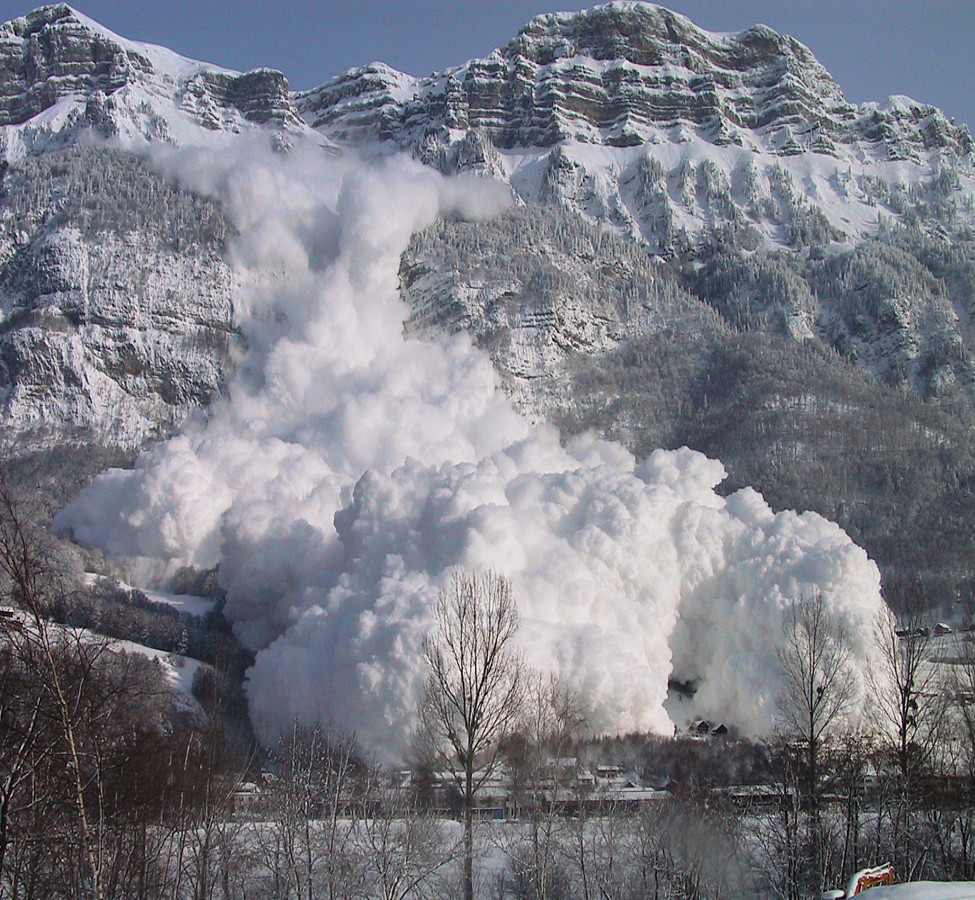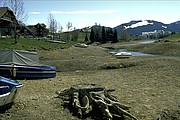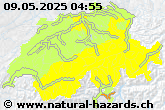Drought
Drought characterizes a hydrological condition, where the available water is insufficient for vegetation and human consumption. The demand for water is different from region to region and is normally adapted to the average supply.
Drought in Switzerland
Despite Switzerland’s access to vast water reserves in the Alps for its water supply, the absence of precipitation for long periods can pose a problem in Switzerland. This occurs, in particular, if a dry winter is followed by a spring with low rainfall and a hot summer. When this occurs, the water that is normally stored in the mountains in winter in the form of snow and ice is lacking in spring and summer. In this case, the very low soil water content prevents substantial condensation and hence also its cooling and indirect precipitation-forming effect.
Due to climate change, increasing periods of intensive heat and drought may be expected in summer. Moreover, around 75% of the water mass stored in glaciers in the mountains of Switzerland will be lost by 2050. This loss of crucial water reservoirs will have a lasting negative effect on Switzerland’s vulnerability to periods of drought.
Switzerland also experienced drought in the past, for example the drought of summer 1947. The heat wave summer of 2003, which was accompanied by record temperatures throughout Europe, also resulted in water shortages in small and medium-sized watercourses in the Central Plateau in Switzerland. The effects of the high temperatures and water shortages included agricultural damage totalling CHF 500 million.




